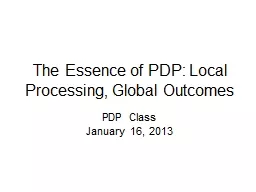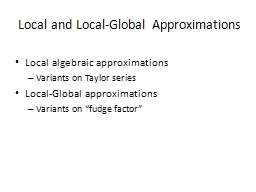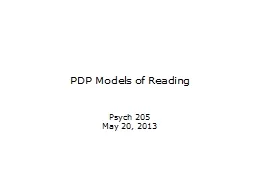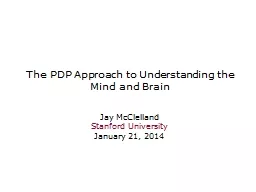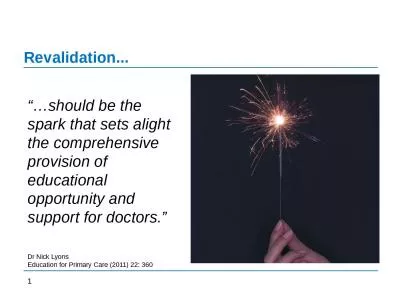PPT-The Essence of PDP: Local Processing, Global Outcomes
Author : conchita-marotz | Published Date : 2017-04-28
PDP Class January 16 2013 Goodness of Network States and their Probabilities Goodness of a network state How networks maximize goodness The Hopfield network and
Presentation Embed Code
Download Presentation
Download Presentation The PPT/PDF document "The Essence of PDP: Local Processing, Gl..." is the property of its rightful owner. Permission is granted to download and print the materials on this website for personal, non-commercial use only, and to display it on your personal computer provided you do not modify the materials and that you retain all copyright notices contained in the materials. By downloading content from our website, you accept the terms of this agreement.
The Essence of PDP: Local Processing, Global Outcomes: Transcript
Download Rules Of Document
"The Essence of PDP: Local Processing, Global Outcomes"The content belongs to its owner. You may download and print it for personal use, without modification, and keep all copyright notices. By downloading, you agree to these terms.
Related Documents

